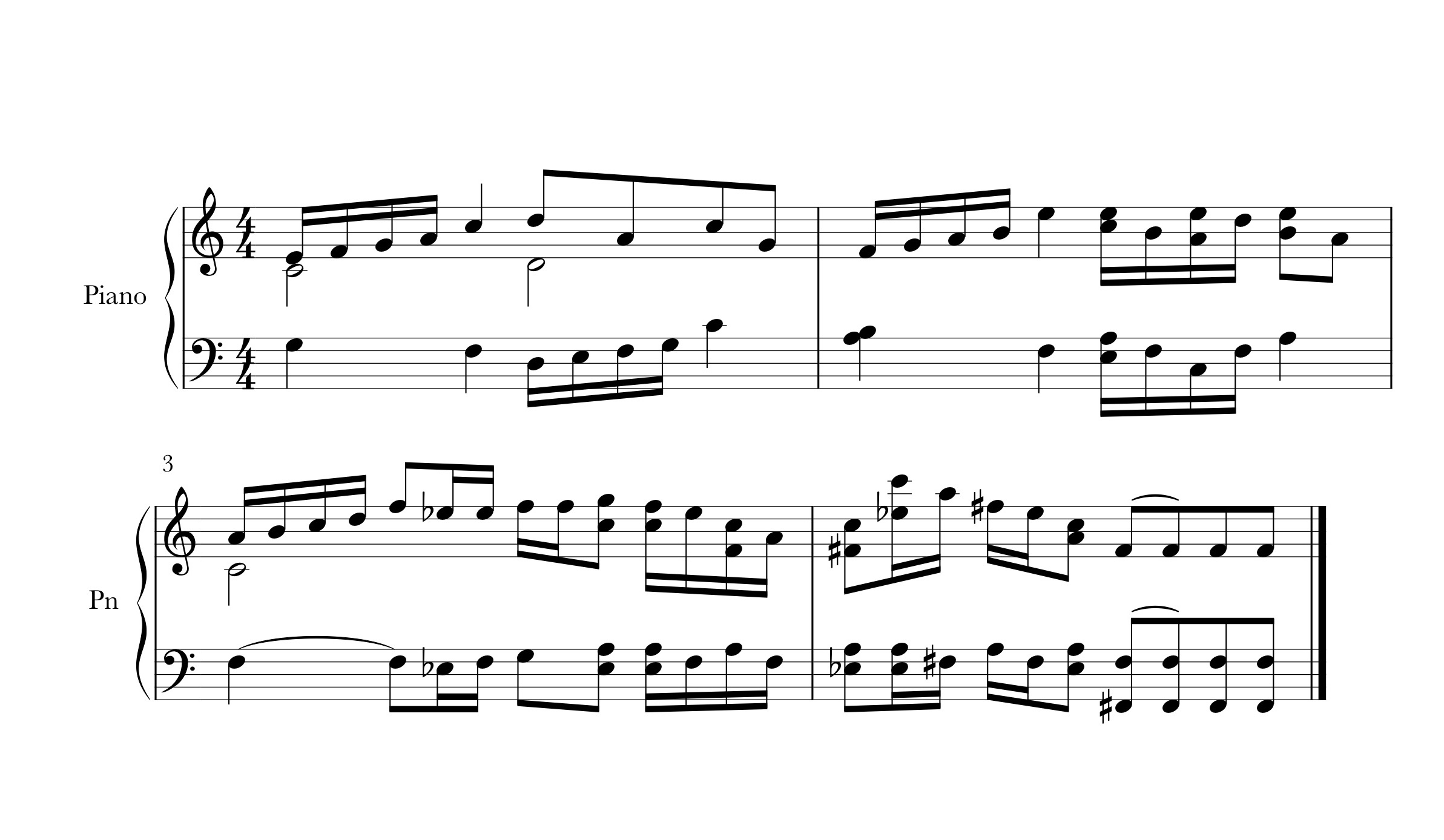
Posted
I suspect that this software has a great potential, although I still do not know well what. Tonight I went randomly, copying and pasting short blue segments on a base of four chords.
Perhaps with softwares like Synfire it's the wisest thing to do: first, improvise something with the mouse. Time will tell.


random_piano.mp3
Sat, 2017-11-04 - 11:11 Permalink
I always thought that one "problem" with synfire is that the life of a human is too short to be able to discover and actually apply all possibilities.
But the frequency with which you are sharing your insights seems to disprove that
Sat, 2017-11-04 - 19:05 Permalink
Random drawings only get you so far (and can get disapointing at some point).
The most productive way to learn and use Synfire is
- Learn about its countless features by lots of experimentation (as Roberto is currently doing)
- Let that sink in for a while
- Now that you know the tool, ideas of workflows will emerge (in the morning, just as you wake up)
- Start building your first work from very simple figure elements
- Focus on rhythm first - melody emerges with the next step:
- Transform, distort, transpose and repeat those
- Copy/paste some you like best into containers
- Build a narrative from those containers
Obviously, building your own figures from scratch is more work than importing and refining them. We're currently working on a new feature that will make building new figures more fun.
Sat, 2017-11-04 - 19:22 Permalink
Yes Andre, I already reached step #6 working on very short, handcrafted midi snippets. To me, it makes no sense working on long flowing phrases in Synfire. And I do not want it. To me, the best and funniest part of your software is getting rid of every autobiographical temptation and watching the music take shape almost by itself. A big sense of freedom ;-)


